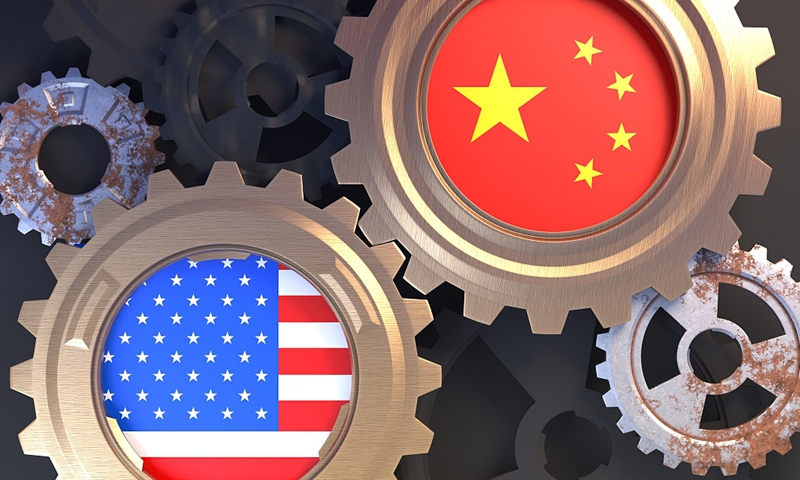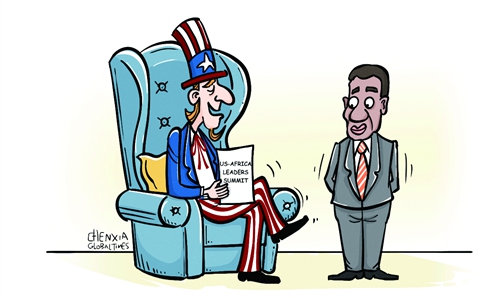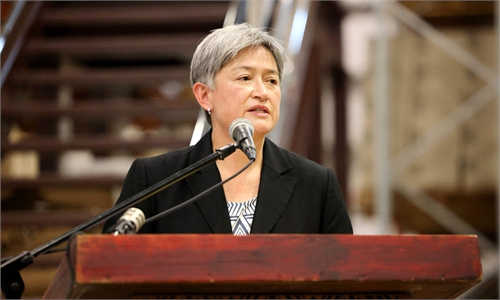
File photo
There are various discussions and forecasts as to how the Chinese and US economies will fare in 2023, which underscore the challenges facing the world's two largest economies, especially the US. The situation calls for their coordination and cooperation, rather than confrontation pushed by Washington.A number of international financial institutions such as Goldman Sachs, Nomura, Société Générale, and Morgan Stanley have already raised they expectations for the Chinese economy after predicting a steady economic recovery in China next year. In particular, Jonathan Garner, Morgan Stanley's chief Asia and emerging market equity strategist, said on Bloomberg TV on Tuesday that China's growth forecast for next year has been revised sharply up to 5.4 percent and that the Chinese economy could grow 10 times as fast as that of the US in 2023, according to Singapore news outlet Lianhe Zaobao.
But on the same day, the World Bank cut its China growth outlook, with the expected GDP growth down from the previous 4.5 percent to 4.3 percent for next year, Reuters reported.
Forecasts for the US economy also appear mixed. Financial institutions are diverging as to whether the US could achieve a soft landing and avoid a recession next year.
If anything, the divergence of economic forecasts about the Chinese and US economies points to the challenges facing the two economies especially the US, which call for more cooperation than confrontation.
In China, while the economy has maintained general stability in growth in 2020 and 2021 despite the impact of the global pandemic, there is no denying that the spread of the Omicron variant has made it more difficult for the Chinese economy to achieve fast growth in 2022.
As the situation changes, China has optimized its anti-COVID-19 measures, but the road to emerging from the adverse impact of the epidemic may still be bumpy, with the property sector still far from fully recovering and exports likely to face more pressure next year.
In the US, the Federal Reserve's unlimited money printing, which is aimed at maintaining "prosperity," has fueled inflation to a 40-year high. To tame inflation, the Fed has adopted aggressive interest rate hikes over the past several months, but monetary tightening has sparked concerns over economic recession. The probability of a downturn in 2023 climbed to 70 percent odds in mid-December and is more than double what it was six months ago, according to the latest Bloomberg monthly survey of economists.
But there are still positive factors in the prospects of the world's two largest economies. US inflation hit 7.1 percent in November, a slowdown from October and a sign that the Fed's aggressive rate-raising campaign to fight inflation is starting to pay off. Meanwhile, in China, the basic conditions underpinning economic development have not changed and the long-term economic fundamentals remain sound, which is why it is widely believed China's optimization of epidemic prevention measures will inject vigor into the economy.
China has always been willing to address problems through strengthening cooperation, but that's not the case with the US. The US economic policies, especially those related with China, have been mainly aimed at suppressing and undercutting others. The US and China have room for cooperation, rather than continuing a trade war or decoupling push. Cooperation is conducive to both economies and the world, especially at a time when global economy is facing downturn. Now it's all up to the wisdom of Washington.



